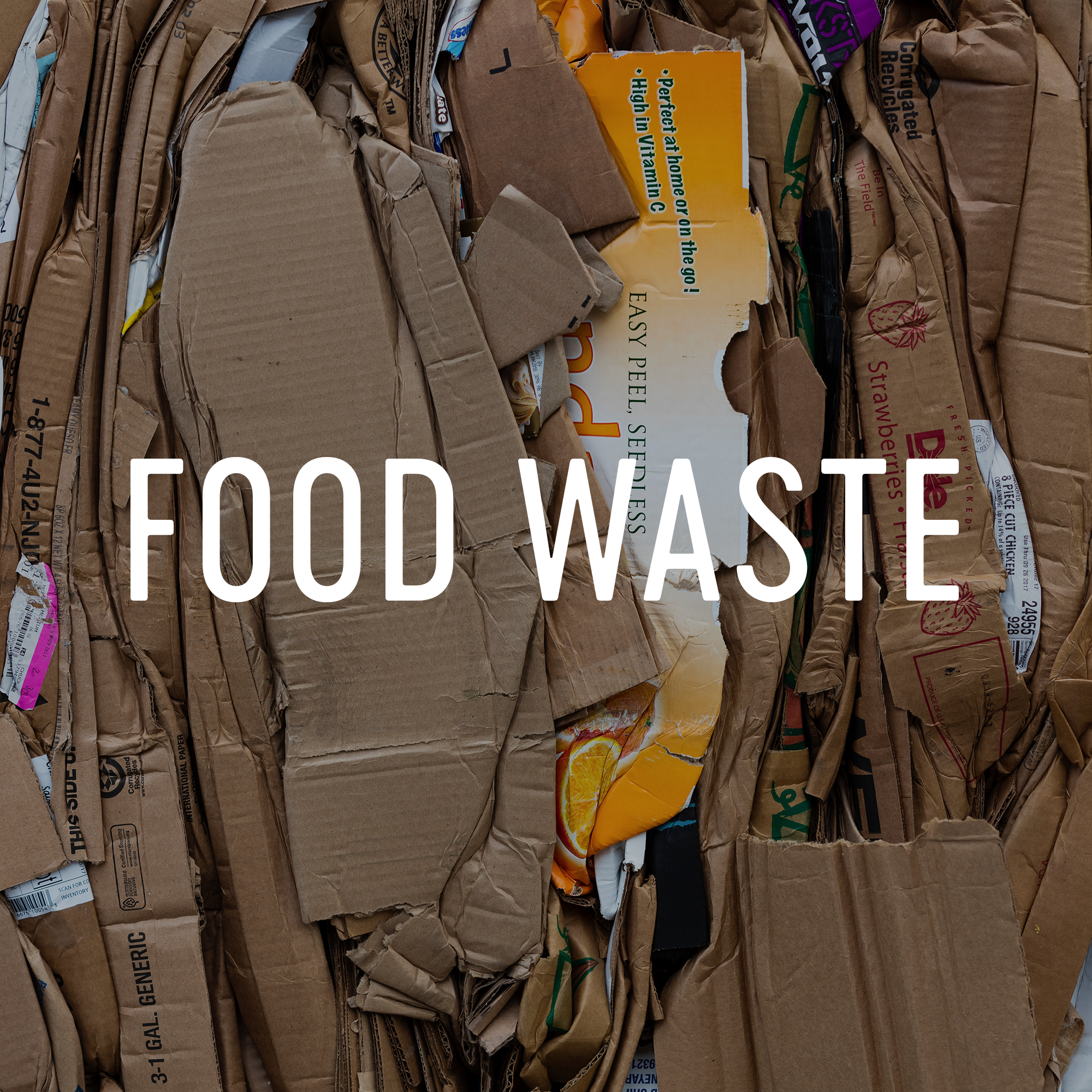About 40 percent of all food waste occurs in homes so changing household behavior is key to reducing the problem of food waste. In fact, consumers are responsible for more wasted food than farmers, grocery stores, restaurants, or any other part of the food supply chain.
To put the issue into a global context, if global food waste were a country, its greenhouse gas footprint would rank #3 after the United States and China.
In addition to wasting precious water, energy and land resources, nearly all of the food waste ends up in landfills where it decomposes and releases methane, a heat-trapping greenhouse gas that is 21 times more potent than carbon dioxide. In fact, food is the single largest contributor to U.S. landfills today.

